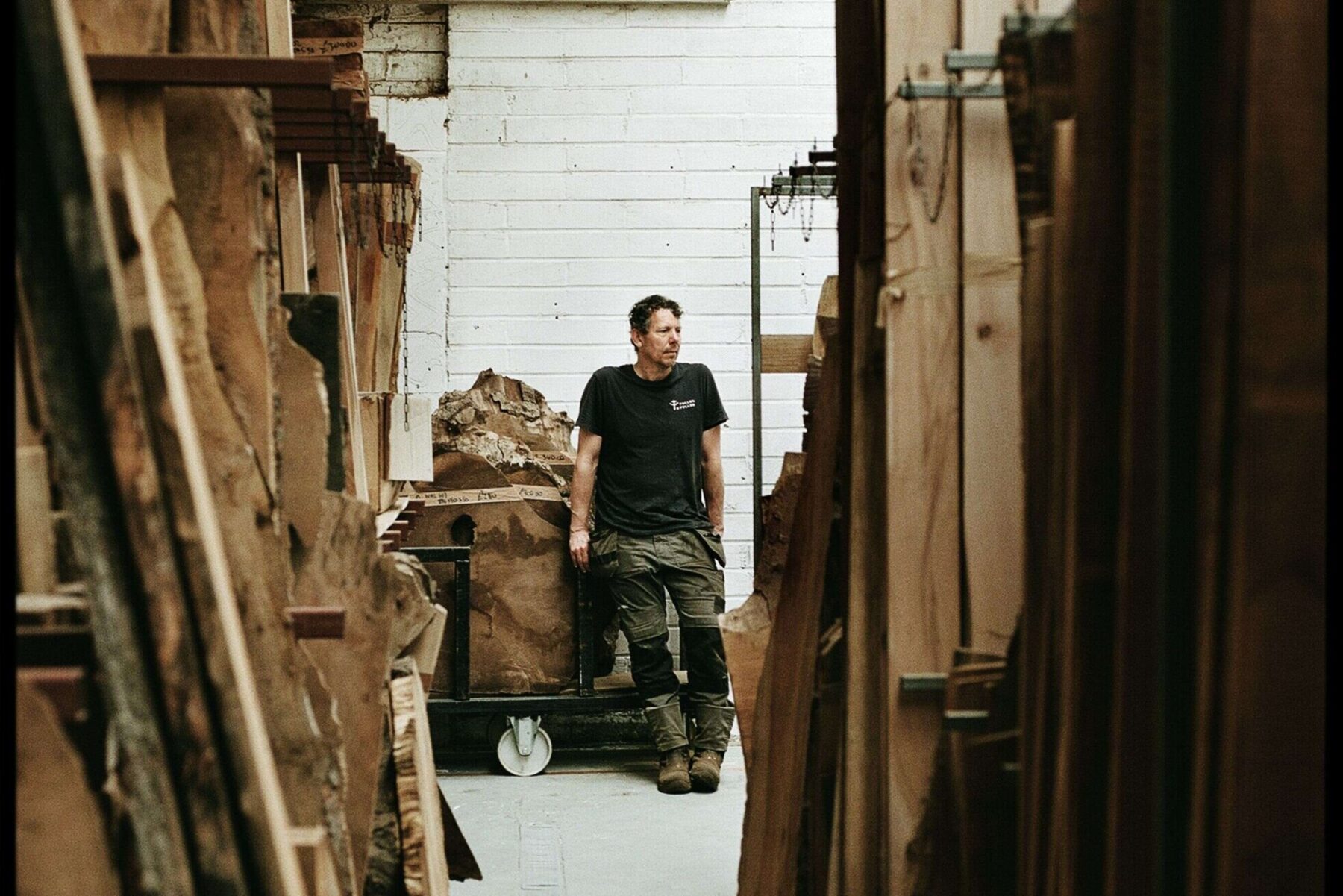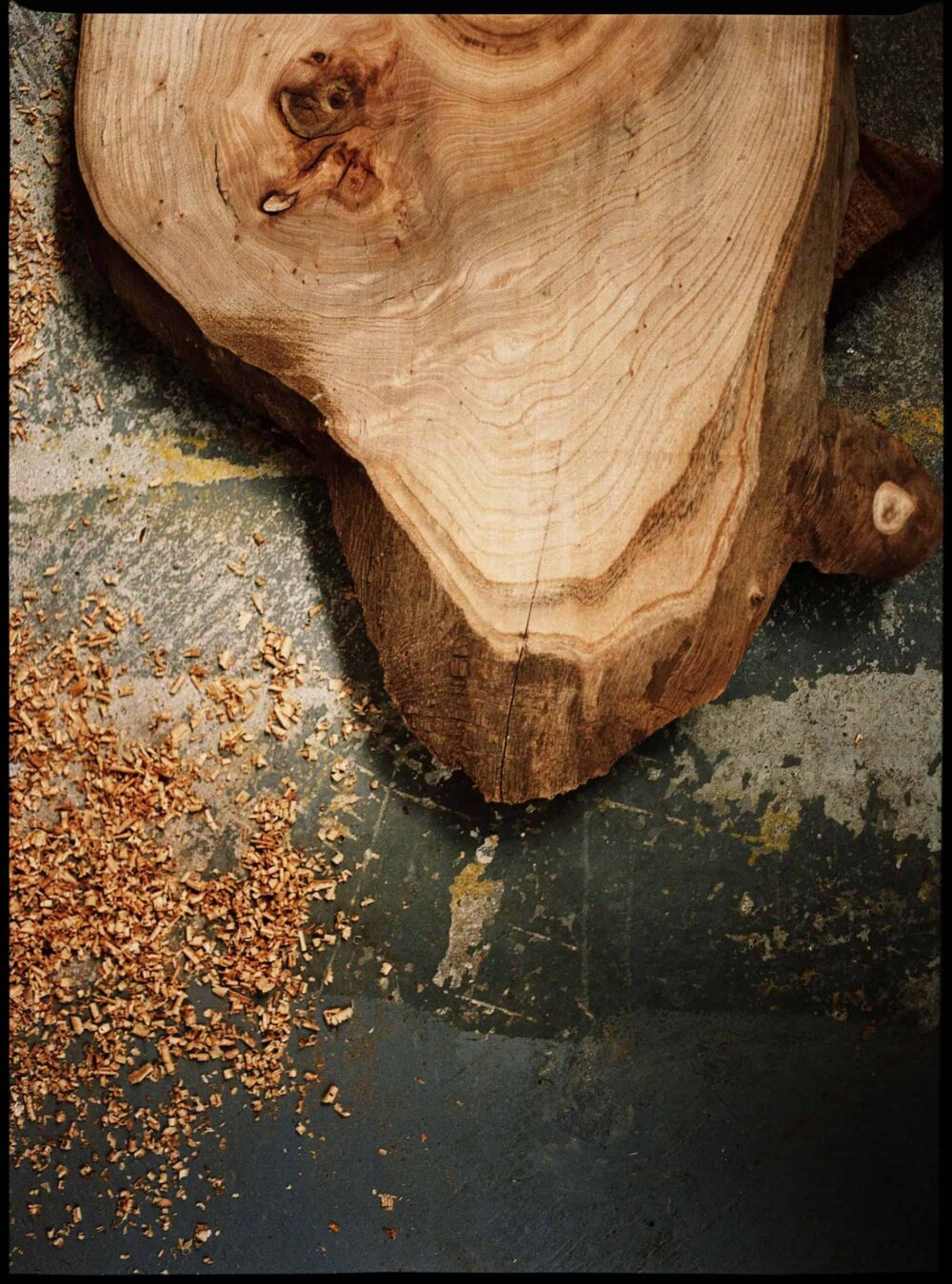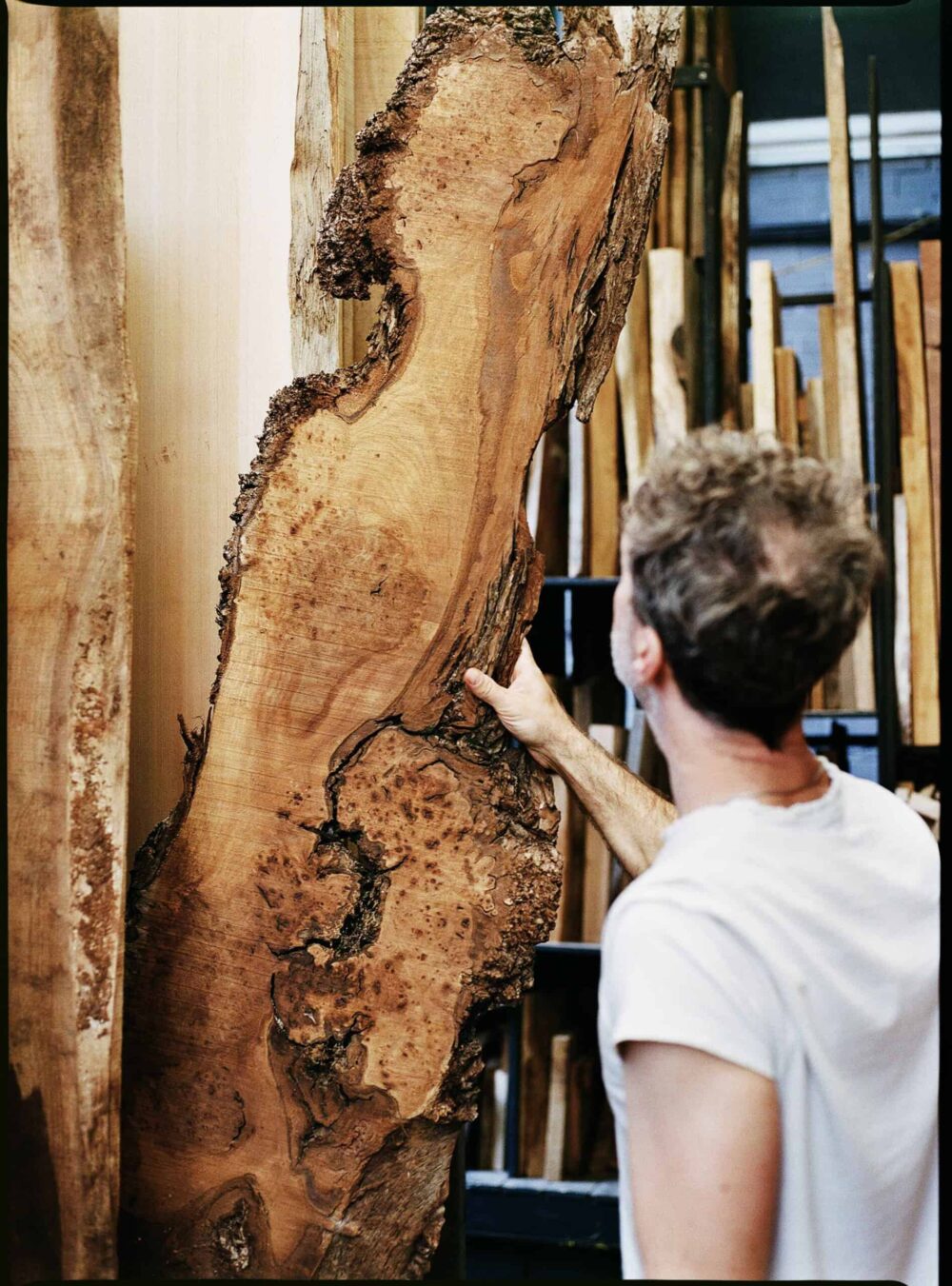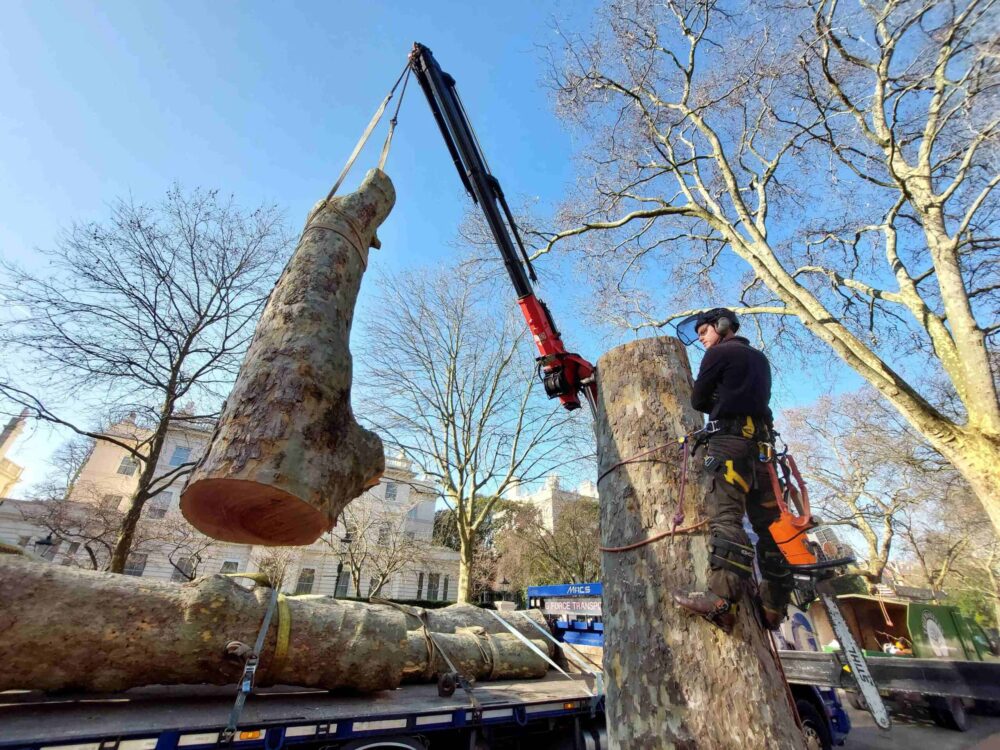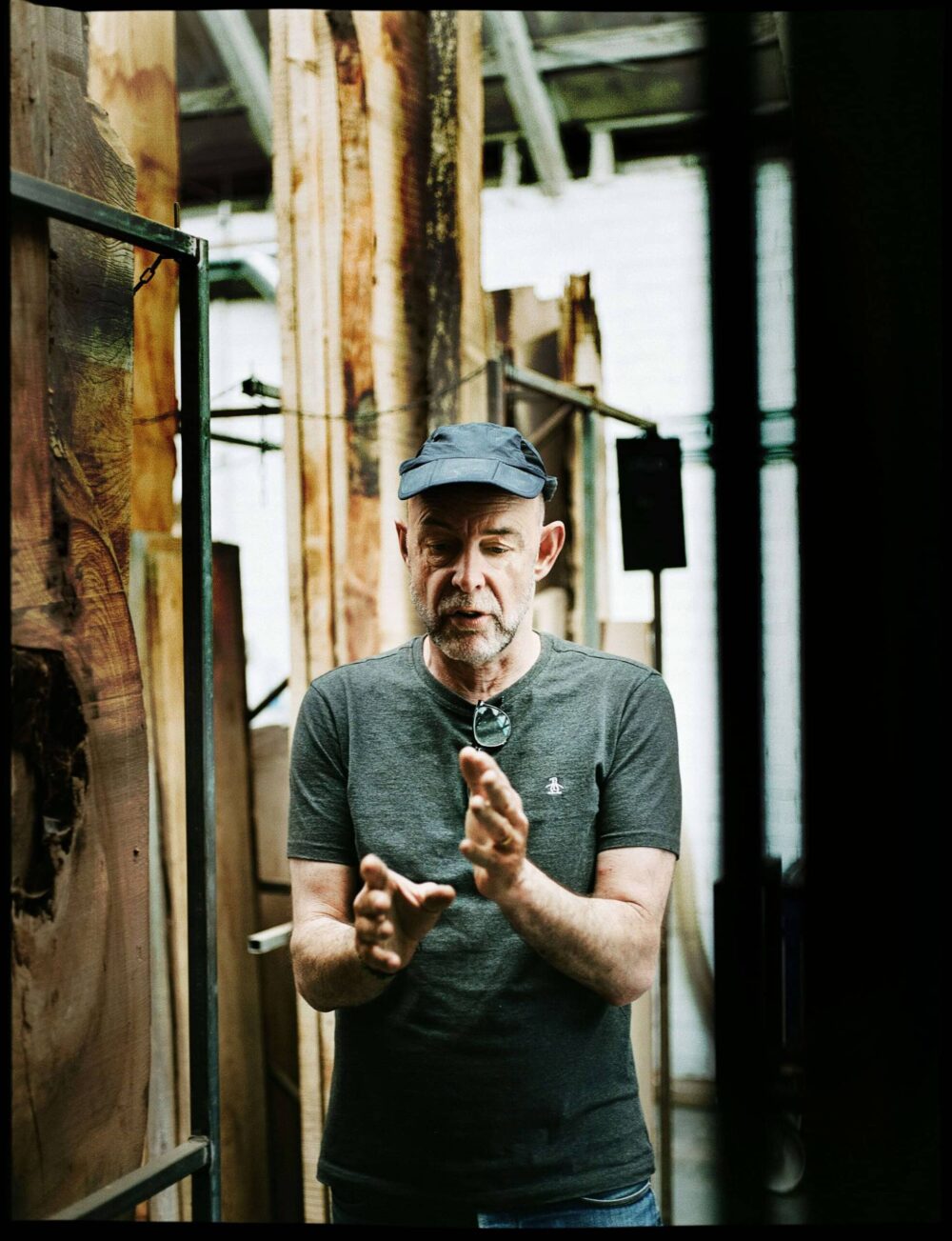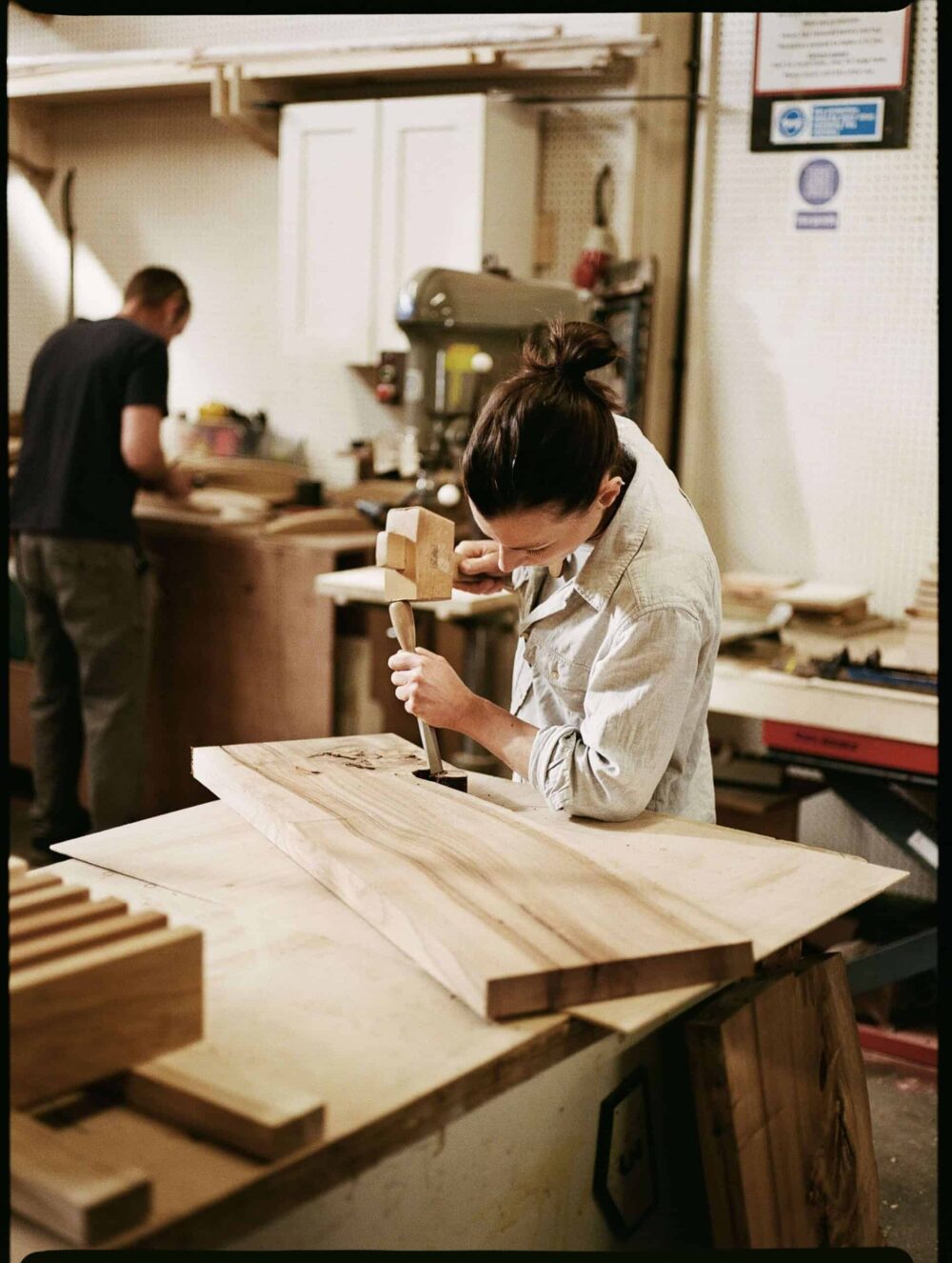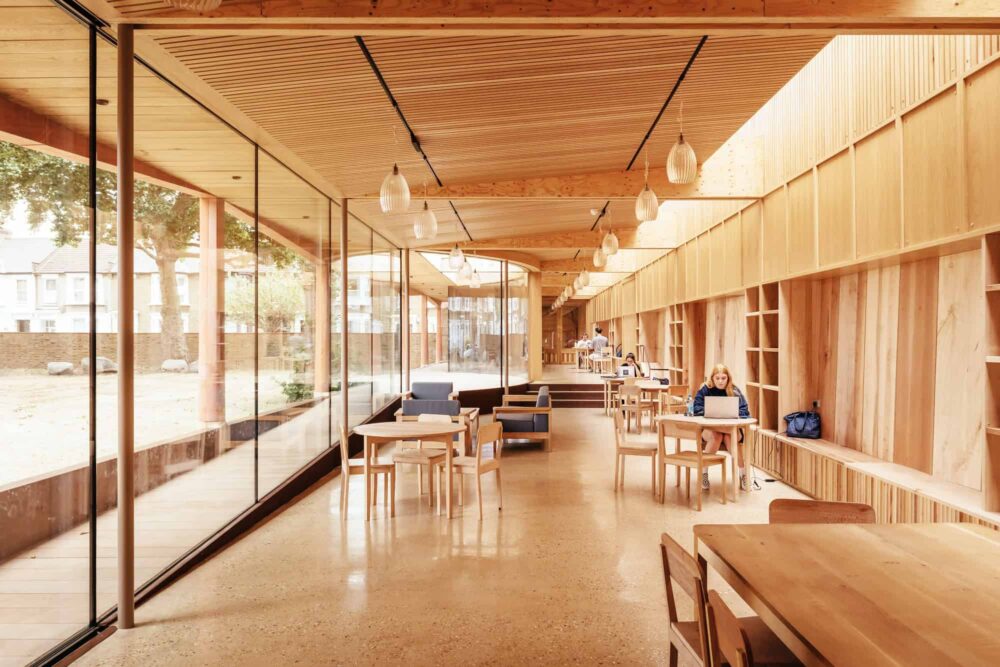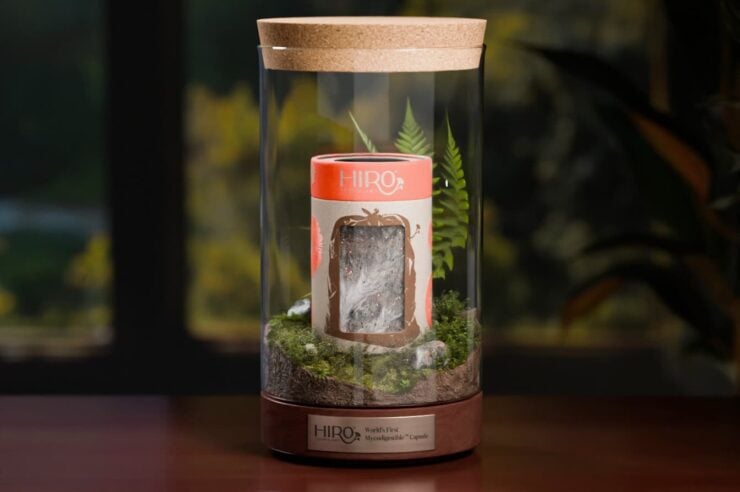In a city teeming with trees yet reliant on imported timber, furniture maker Bruce Saunders saw a contradiction – and an opportunity. He co-founded Fallen & Felled to give a second life to urban trees destined for the chipper, transforming them into furniture rich with character, history and local roots
Furniture maker Bruce Saunders was stumped. He’d lived in London for more than 40 years, surrounded by parks, streets and leafy suburbs bursting with a rich mix of trees.
Why, then, did he have to travel 70 miles to find British-grown timber? And why was 90% of the hardwood sold in the UK imported?
“There are enough trees in London for it to be designated a forest,” says Saunders. “But the reality is, tree surgeons working in the city can’t afford to store the wood they’re felling: they have to slice it up for firewood or chip it for biomass.”
Saunders is aiming to plant a new narrative through Fallen & Felled (FAF), the timber company he founded alongside his architect wife, Antje. Specialising in timber sourced in and around the capital, the company is saving fallen urban trees from meeting a fiery end, transforming what would otherwise have been wasted into something lasting and purposeful.
“I’ve always found it strange that you can have hundreds of people protesting about a tree when it’s living, but as soon as it hits the deck it’s worth zero,” Saunders says. “It’s like: ‘Hang on a minute – that tree can be turned into stuff that might last another hundred years.’”
Saunders’ first act of arboreal salvage came almost a decade ago when he spotted a London plane getting the chop near his home in Camden. The tree surgeon was only too happy for him to take it.
From there, he blagged his way into more timber, at one point securing 12 lorry loads that had been felled during HS2 works. Lifelong pal and marketing guru Patrick Welsh joined the business in 2020.
“We sell wood with a story,” Welsh says. “It’s nice to think that a tree has seen history, perhaps hundreds of years of history. Who knows what it’s witnessed? We like the idea that when its life is over, that history can continue. People can use its wood and become part of its story.”
Sometimes, those stories are literally written into the timber. Saunders recalls discovering that one slab destined to be a kitchen counter had been stained grey by wartime bomb shrapnel. He assumed the client would complain.
It’s nice to think that a tree has seen history, perhaps hundreds of years of history. Who knows what it’s witnessed? We like the idea that when its life is over, that history can continue
“In fact, he was delighted,” Saunders says. “He was a historian – he said he couldn’t have wished for anything better! That’s our kind of customer.”
FAF has rescued tonnes of ‘priceless’ black walnut that had been felled on a golf course near Croydon, some of which has been crafted into cabinets by award-winning fine furniture maker Sebastian Cox.
A black poplar salvaged from London’s Old Kent Road lives on as counters and tabletops in a Soho jeans store, a local bakery and a consulting firm – all within a mile of where it fell.
There’s even British-grown tulip [poplar] wood from Chartwell Farm in Kent, once part of Winston Churchill’s estate. “Possibly even planted on his instruction,” notes Welsh.
Saunders says urban timber is distinct from wood sourced from forestries. “Someone described it as being like an unruly teenager,” he says. “When trees grow in forests, they can wait decades for a free spot of sunlight to appear in the canopy. In the urban environment, they grow much faster, so fairly regularly you get more colour in the timber – what we call flaming.”
It’s largely viewed as undesirable, but where many see a colour defect, the pair see only beauty.“We love it,” Saunders says.
Now, FAF plan to move from their current base in Walthamstow to a railway arch in Camden, something of a symbolic homecoming. And while they would never advocate felling healthy trees for the sake of it, they’re pragmatic about what happens next when it has to be done.
“The simple truth is that trees die: they don’t last forever,” says Welsh. “If one is going to come down, we’d prefer to turn it into something new.”
Main image: Bruce Saunders in Fallen & Felled’s timber warehouse in Bulphan, Essex
Photography by Beth MacInnes
-
> 90 %
of hardwood timber used in the UK is imported -
1000 s
of usable trees are felled every year in and around London - oak, London plane, ash, sycamore and more -
120
The number of felled city trees FAF rescued in 2023, stopping around 122 tonnes of carbon entering the atmosphere -
Less than 1 /3
of CO2 emissions are used by FAF, compared to what they save
